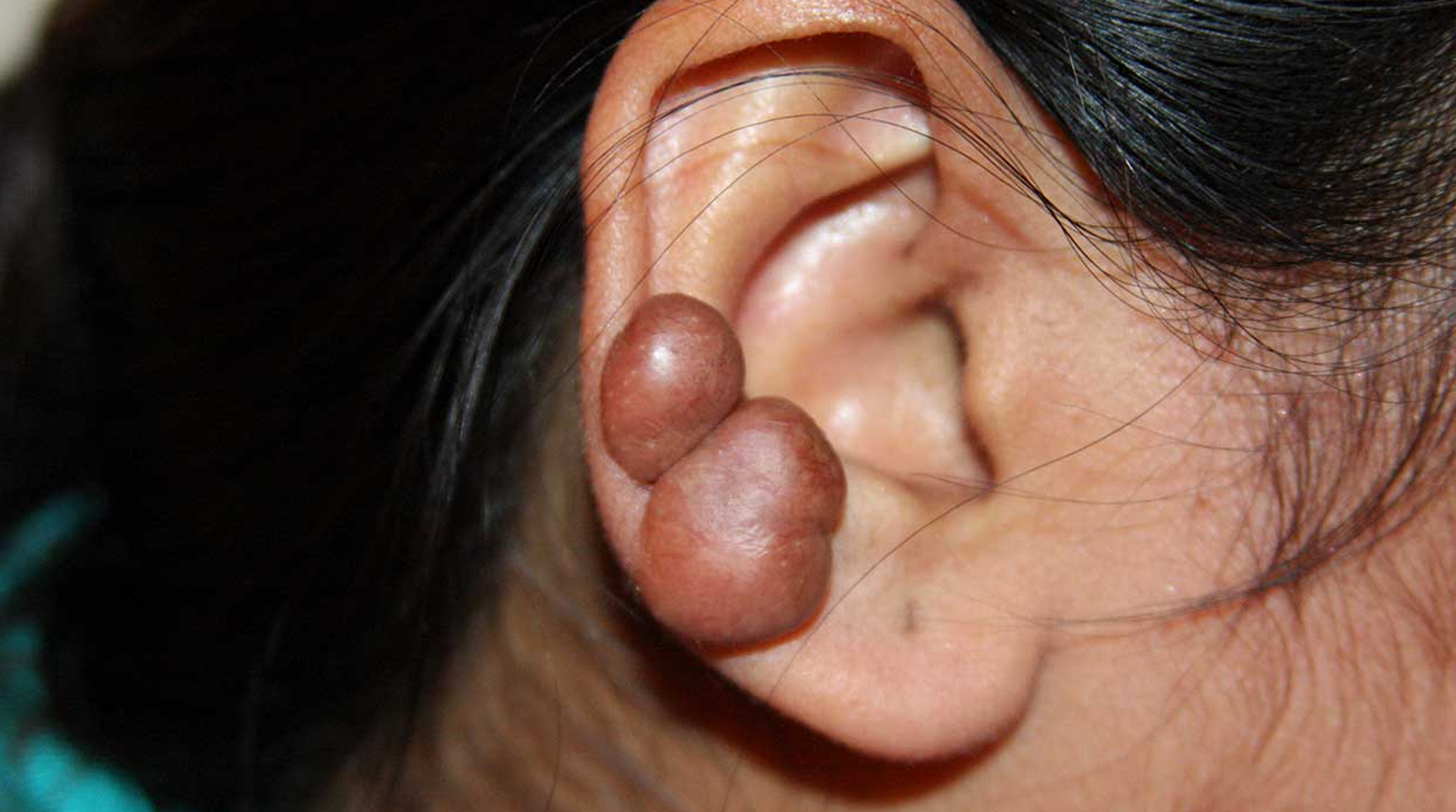
What is a Keloid ?
A skin injury makes our body go into its repair mode and it forms a scar tissue over the injury. This scar tissue, made of a fibrous tissue, provides protection to this wound, allowing it to heal.
However, in some cases, the body might produce this scar tissue excessively. This excess scar tissue, which is basically collagen, can lead to smooth, hard growths called Keloids. They usually are not harmful to the patient’s health. But the patient might feel uncomfortable due to the aesthetic or cosmetic problems that it causes.
These Keloids usually starts growing like a claw growing to be larger than the injury itself. The common parts of the body they normally affect are the chest, shoulders, earlobes and upper back but they can also affect any part of the body.
Symptoms
The site of the injury on the skin usually display the following symptoms:
- Turning of the injury to flesh colour or pink or red.
- A lumpy or ridged formation on an area of the skin
- It grows larger along with the scar tissue
- Itchy skin patches
- Friction with clothes or other stuff can cause discomfort, irritation or tenderness
- Movement can be restricted in rare cases
Causes
Some of the skin injuries that usually cause keloids are:
|
|
|
|
|
|
|
|
|
What should a patient do?
When you find keloids or similar growth on your skin, it is best that you consult one of our doctors. It is nothing to be alarmed about as keloids are not harmful and they are usually benign. In some cases, the keloids might just shrink and flatten over time, even without any treatment.
However, if there is an uncontrolled growth, it could even be a sign of skin cancer, so early detection is good.
What will happen at our clinic?
Doctors at our clinic will first try to diagnose the keloid by examining it visually. A biopsy might also be performed to eliminate the chances for other skin conditions. The biopsy will be done by first taking a small tissue sample from the site of the scar. This sample will then be sent for analysis for the presence of any cancerous cells.
What will the treatment options be?
As keloids(overgrowth of scar tissue) are formed due to a result of our body trying to heal itself, there might be chances of them reappearing and growing larger than before. Our doctors would keep this in mind and provide you with less invasive treatments. But, these treatments have to be done carefully on a regular basis to make it effective.
Some of the treatment options our doctors might recommend are:
- Topical Creams: containing silicon will be helpful
- Fluoracil Injections: might be combined with steroid Injections to reduce the inflammation
- Intra Lesional Injections: with steroids that are long-acting are usually injected directly into the scar. The patient might need a series of these injections to get the optimum effect. They are normally given at intervals of 2-3 weeks.
- Laser Treatments: will help reduce the keloids
- Moisturizing Oils: to make the keloids softer
- Pressure Application Or Silicone Gel Pads: after the injury
- Cryotherapy or Cryosurgery: attempts to kill the skin cells using sub-zero or extremely cold temperature
- External Beam Radiotherapy: or an ionizing radiation source is focussed at the injury site to shrink the keloids.
- Surgery: would be needed to remove larger or older keloids


